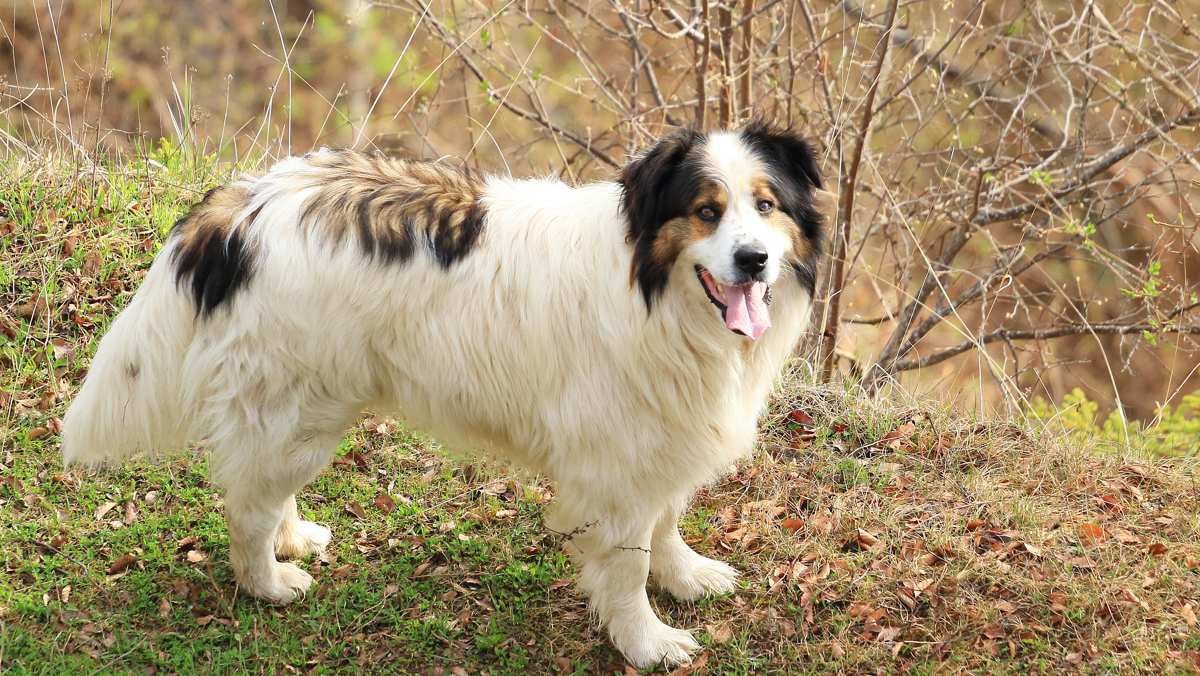Tornjak Breed Details
The Tornjak is a livestock guardian dog (LGD) that doubles as a protector for the family and home when not woking in the mountainous fields of Croatia, Bosnia and Herzegovina. These dogs are fine for first time dog owners and families with children, but they require a great amount of outdoor space. They are without a doubt not for apartment life or even small homes with small yards. They are giant dogs, and like all LGDs, they need a space suitable for their demands such as running and other strenuous activities.
Here are some more things you should know about these dogs if you wish to adopt a Tornjak:
PROS
- Very calm
- Incorruptible
- Easy to train
- Fine with kids
- Rather dignified
- Extremely devoted
- Brilliant watchdog
- Excellent guard dog
- Always on the alert
- Remarkably hard worker
- Very few health concerns
- Not prone to separation anxiety
- Works well as a companion so long as they have a job
CONS
- Huge dog
- Occasional barker
- Not hypoallergenic
- Can be slightly persistent
- Moderate to heavy shedding
- Requires a closely managed diet
- Extremely rare in the United States
- Very expensive to adopt and maintain
- Tends to have significant grooming need
